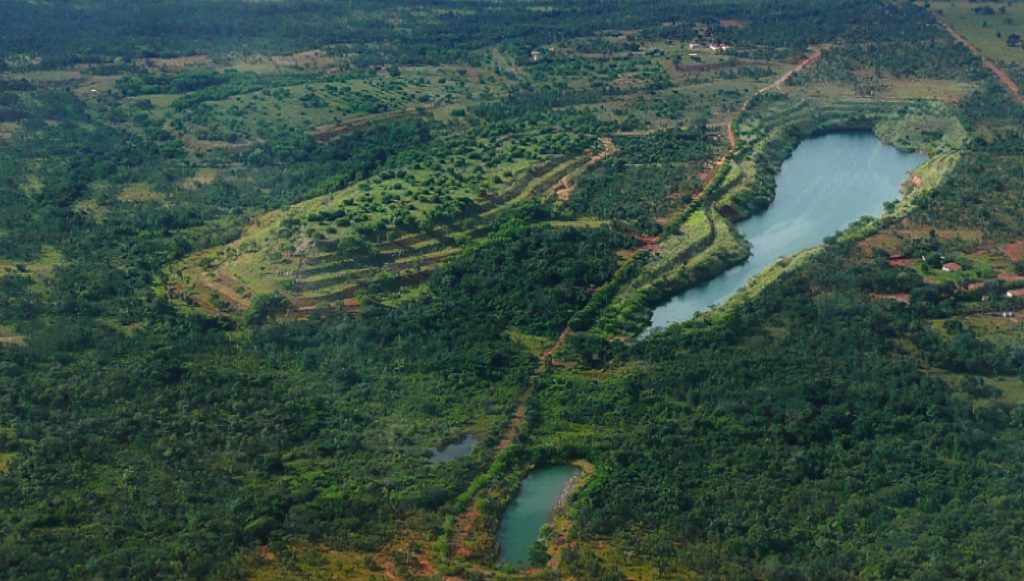
Following up on first gold pour in early August, Aura Minerals’ (TSX: ORA) Almas gold mine in Brazil has now achieved commercial production, effective August 31.
The Almas mill is currently operating above 100% of the design capacity, processing 4,000 tonnes per day, with recoveries consistently above 90% and ranging up to 92%, Aura said in a news release Tuesday.
Approximately 4,661 ounces of gold were produced in August, with gross revenues of approximately $9 million recognized in the month.
The mid-tier gold miner added that it achieved full capacity at the mill in only five months after commissioning of the project, significantly ahead of benchmarks.
“We are very proud to declare commercial production at Almas. We have not only built it on budget and in only 16 months during challenging years, but we have also now ramped up in record time, making us one of the world’s leading benchmarks,” Aura CEO Rodrigo Barbosa said in a news release.
Almas represents the first ever green field project constructed by the company. It comprises three main deposits hosted within nearly 200,000 hectares of mineral rights, all located along one of the largest and least explored greenstone belts in Brazil.
In addition to Almas, Aura also owns and operates the Aranzazu copper-gold-silver mine in Mexico, the EPP gold mine in Brazil and the San Andres gold mine in Honduras.
A feasibility study estimates that Almas project would produce, on average, 50,000 ounces of gold a year during the first five years. The life of mine is 17 years, with total gold yield of 598,000 ounces.
Consistent with its strategy to start small and optimize upfront capital expenditures, Aura said it is now focused on investing in increasing the mill’s capacity from 1.3 million tonnes per year to 1.5 million tonnes. The project’s capital expenditure was estimated at $73 million, as per the feasibility report.
During the remainder of 2023, the company is expected to invest about $3.5 million for such production capacity at Almas. The capacity increases are expected to be fully implemented at the beginning of 2024 and contribute to an increased annual gold production of approximately 15% compared to Almas’ feasibility study.